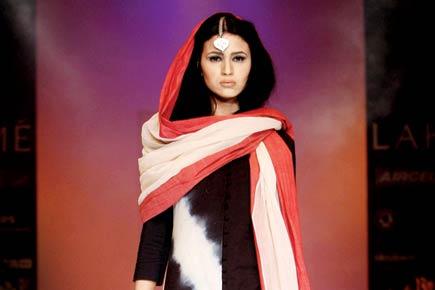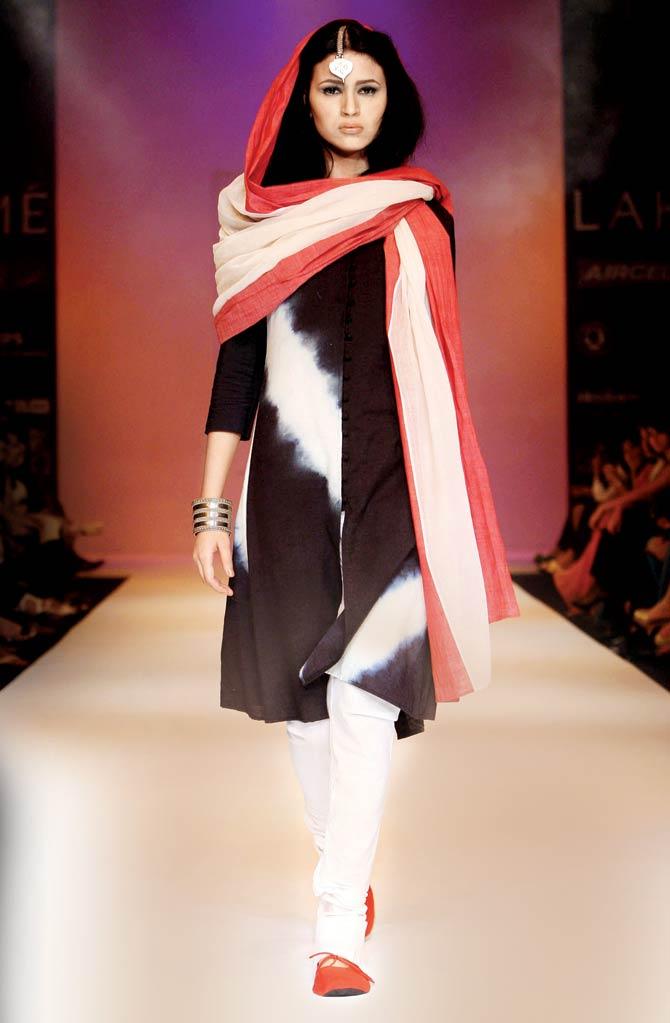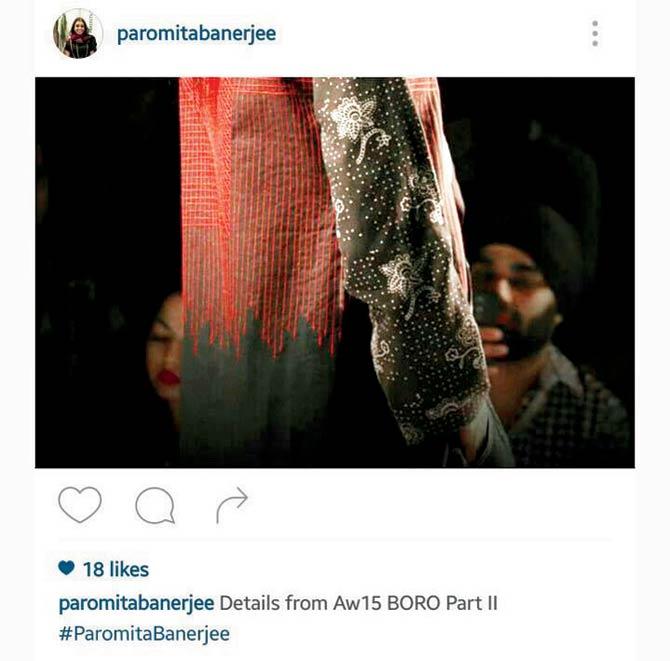Fashion designers are routinely shocked and troubled by copies, but rarely take legal action. Why?

Recently, Kolkata-based designer Paromita Banerjee had a rude shock. Her hand-drawn motif, taken from her 2015 Autumn/Winter collection, was spotted on a kurta bought from a well-known mid-level Indian wear label. Just one month ago at the Lake Fashion Week, a lady had come in wearing what Banerjee thought was one of her kurtas, but it turned out to be a piece from a department store with branches across the country.
ADVERTISEMENT

In both cases, Banerjee contemplated legal action but was dissuaded by the lawyers citing hazy copyright laws and a long-drawn legal process. After all, the line to be drawn would be to separate ‘inspiration’ from a ‘copy’.

This motif from Paromita Banerjee’s 2015 collection was hand-drawn by her. It features liberally in the collection of a mid-level ladies ethnic wear brand
AartiVijay Singh, known for her prints, faced a customer’s wrath last year when the latter saw her exact mosaic print dress being sold on an online shopping site for a mere Rs 1,800. Gupta’s original dress would have had another zero on its price-tag. “The dress was an exact copy and I had to give my client a refund,” says Gupta. Like Banerjee, Gupta too did not take legal recourse, saying, “I am still an emerging designer and my lawyer advised that I pay attention to creating work rather than making rounds of the court. I was advised that the law is such that even if the design is altered just a bit — say a dot of yellow is placed in the original — it is considered a completely new design.”

A client found an exact copy AartiVijay Gupta’s Mosaic dress online for a fraction of the cost and accused the designer of cheating her. Gupta appeased her with a refund
It didn’t help that the vendor was selling the copycat clothes on an online portal that sponsors one of India’s biggest fashion weeks. Which brings us to the certainty that it is much easier to sue to a person (read: fashion designer) than a high street brand (or department store). “Stores usually have large legal teams to make a water-tight case,” says Banerjee. “They could show that their design predates the designer’s; or that it is an ‘inspiration’ thanks to a small modification made in colour, motif, technique or placement. Since the potential buyer’s market is different, this can be argued as a trickle down effect of fashion.”
According to Nachiket Barve, the trickle down effect of fashion would take one or two years and hardly affect the potential market of the original designer. He cites the ‘Cerulean Sweater’ analogy from the movie The Devil Wears Prada. It sells at a different price-point and to a different demographic.
“We are all now hyper aware of the image world because of the Internet and social media,” says Barve. “We also work in large design teams and it gets difficult to pin-point where an inspiration came from. However, it’s unlikely that two people in different parts of the world came up with the exact same idea.” As Banerjee argues: You could take a paisley or a Mughal motif and interpret or change it in many ways. That would be an inspiration. But to reproduce an exact design invented by someone else is a copy.
Prints and motifs are the most copied — just took at saree shops outside train stations that sell Masaba’s camera and lipstick prints at a fraction of the price. And these can be copyrighted under the Design Act 2000 and Copyright Law of 1957, says art lawyer Mekhala Dave. “Designers need to register their specific motifs and prints under the Design Act.”
Barve says that legal action must be taken against agents that confuse the potential buyers with designs and copies that are removed from the original only by imperceptible details such as a slight difference in quality of fabric or technique. He would also like to hold accountable mills that reproduce a copied print on large scale. This falls under the purview of the law because someone other than the creator is benefitting financially from the creation.
If a copy is proved, “The designers may get [monetary] compensation,” says Dave “and of course, a prohibition from the Court that may stop the person who copied the design from selling the work.”
 Subscribe today by clicking the link and stay updated with the latest news!" Click here!
Subscribe today by clicking the link and stay updated with the latest news!" Click here!






